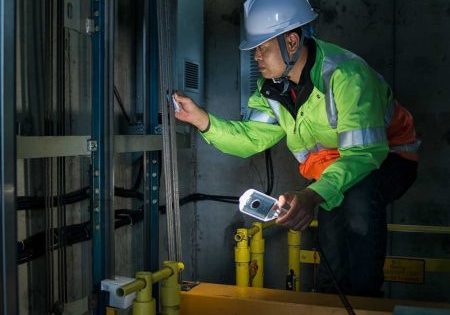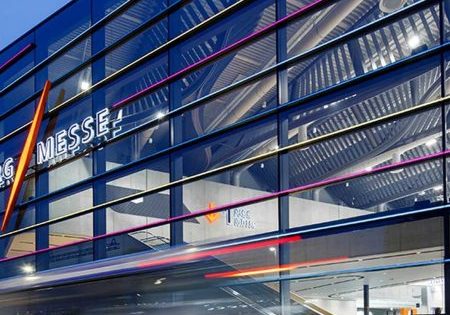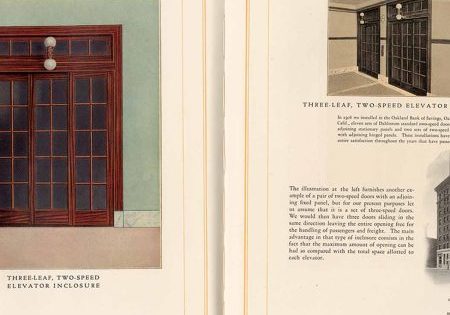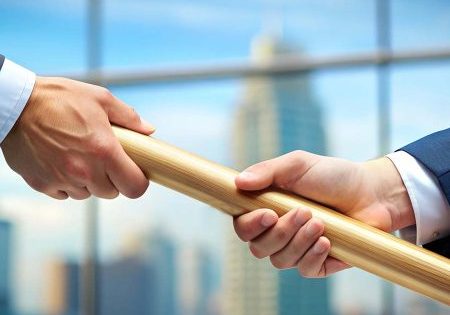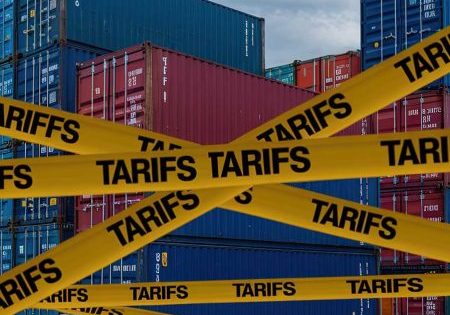Sharp Drop Ahead for Russian Elevator Manufacturers
Apr 1, 2025
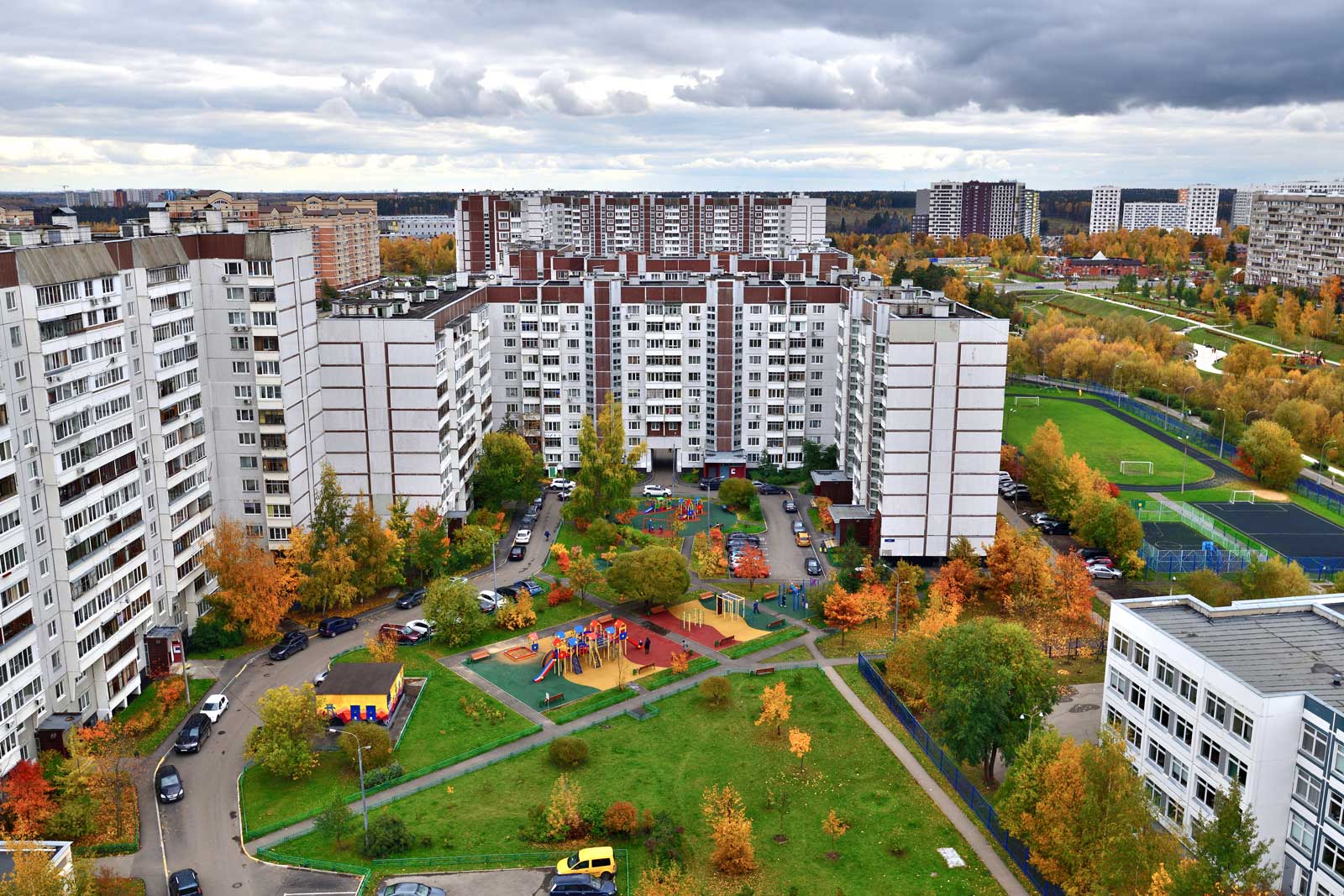
Declining housing construction in Russia will soon cause a similar decline in elevator sales.
by Eugene Gerden
Russian elevator manufacturers will likely face a sharp drop in sales in the domestic market this year due to the ever-deepening crisis in the local housing construction market and near complete collapse of Russia’s mortgage sector.
On October 25, 2024, the Russian Central Bank increased the key rate to a record figure in modern Russia – 21% – in an attempt to stop ever-rising inflation. This inflation is being caused by the booming military industrial complex of the country and skyrocketing military costs. While creating conditions for the beginning of a full-fledged crisis in certain segments of Russian industrial production, the biggest negative impact of this inflation is being observed in mass housing construction, which historically accounts for the bulk of construction activities in Russia. One of the major signs of the crisis has been the decrease of the mortgage sector in Russia, which for the entirety of 2024 dropped by 35%. Dropping up to 80% in November-December 2024 year-on-year (YoY), there has been a major decline and massive suspension of building of new, primarily economy housing in the local market.
The decline of the housing sector creates serious problems for major Russian elevator producers, which may face a sharp drop in orders already in the middle term. The housing construction sector has always been the main customer of elevator manufacturers in Russia. According to some analysts, the onset of this crisis in the housing construction sector will lead to the beginning of a similar crisis in the elevator market, as well as other related sectors.
Perhaps the only option for domestic producers to stay afloat is to increase supplies of their equipment as part of the existing programs for the replacement of outdated elevator stock in Russia. This primarily concerns old Soviet-built residential housing in the country. In accordance with current Russian legislation, use of elevator equipment from foreign suppliers in the Capital Repairs Fund programs in the country is actually prohibited, possibly providing an additional chance for domestic manufacturers to increase their supplies.
Still, as the current economic crisis in Russia is deepening, supplies of low-cost elevators for domestic needs are also declining. According to calculations by the Russian Elevator Association (RLO) – the public association uniting leading Russian elevator manufacturers – in 2024 the volume of such supplies decreased by 18% YoY to approximately 17,000-18,000 units of equipment with a total value of about RUB70 billion (US$600 million). This reduction is due to insufficient budgets from regional authorities, which experienced a shortage of funds for the replacement of elevator stock in mass housing in Russia. In addition, this year authorities will probably further extend the maximum service life of the existing elevator stock in the country, possibly leading to a further decline in potential orders for domestic producers.
So far, the attempts of leading Russian elevator manufacturers to switch to the production of more technological equipment have generally failed due to sanctions.
In the meantime, the situation in the middle and premium segment of the market remains better. Russia continues to increase imports of elevators from abroad despite Western sanctions and logistics problems.
According to a recent study prepared by the RLO, Russia imported approximately 11,700 elevators from January 2024 to October 2024, which is higher than figures for pre-war 2021. While final results for 2024 have not yet been published, most local analysts believe they will be comparable to the results of the first 10 months of 2024. The demand for high-priced elevators in the country has always been high despite the fact that they account for a smaller segment of the market.
At present, China remains the major importer of elevators to Russia, while Belarus and Türkiye are among the other leading suppliers. As a rule, most of these elevators are installed in premium housing, which has been less affected by the current crisis in the country. In the meantime, there is also a steady growth in demand for imported elevators from the commercial property segment. Local commercial developers often prefer to purchase elevators from foreign manufacturers due to innovations and design solutions, which are used in such equipment and are generally higher quality compared to most domestic products.
Finally, analysts say high demand for high-speed elevator equipment is primarily maintained by high-rise buildings, which historically have been imported from abroad rather than produced in Russia.
So far, the attempts of leading Russian elevator manufacturers to switch to the production of more technological equipment have generally failed due to sanctions. Most local producers still face problems with the supply of technologies and various components, being forced to import them from abroad. For example, Russian manufacturers use foreign electronic components in their elevators, including frequency converters, which are currently not produced within the territory of the country.
Perhaps the only option for domestic producers to stay afloat is to increase supplies of their equipment as part of the existing programs for the replacement of outdated elevator stock in Russia.
This is also confirmed by representatives of leading local producers. According to Petr Kharlamov, general director of RLO, the capabilities of Russian manufacturers cannot fully satisfy the technical requirements of developers of high-budget projects. This means that most of the current domestic needs for elevators for high-rise buildings and high-budget projects are primarily covered by supplies from China.
Part of these needs are also met by parallel imports, which allow the importation of several hundred European elevators to Russia each year, although at prices significantly higher than their real market value.
According to Forbes Russia, prior to the war, foreign players accounted for 21% of Russian elevator production.
Get more of Elevator World. Sign up for our free e-newsletter.



